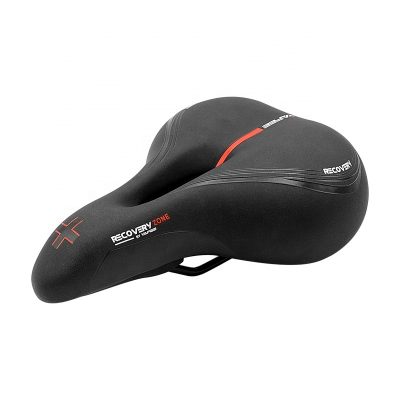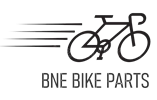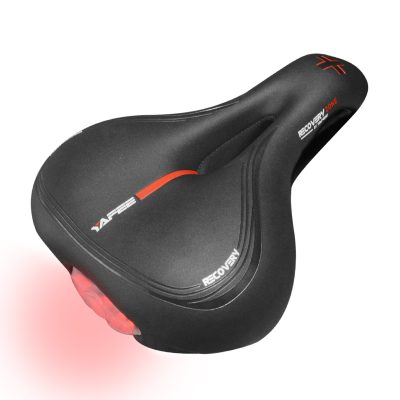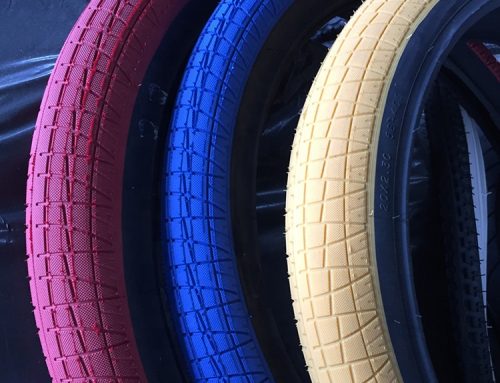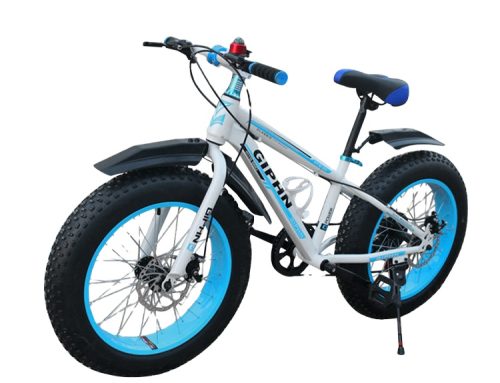Adjusting your bike seat properly is crucial for a comfortable and efficient cycling experience. Tailoring the seat to your body ensures that your weight is distributed correctly, reduces the risk of discomfort, and maximizes your pedaling power. Here’s how to make precise bike seat adjustments:
- Saddle Height:
- Stand next to the bike and position the saddle at hip height.
- Sit on the saddle and place your heel on the pedal at its farthest point from you.
- Your leg should be almost fully extended with a slight bend in the knee. Adjust the seat height until your leg is almost straight but not locked at the bottom of the pedal stroke.
- When you move the ball of your foot onto the pedal, your knee should have a slight bend at the bottom of the pedal stroke.
- Saddle Fore and Aft Position:
- Sit on the saddle and place your feet on the pedals.
- Position the crankarms so they are horizontal, with one pedal at its lowest point.
- Your knee should be aligned with the pedal axle. Adjust the saddle forward or backward until your knee is directly above the pedal axle.
- Saddle Tilt:
- Most saddles are designed to be level to slightly nose-down. A level saddle helps distribute your weight evenly and prevents excessive pressure on sensitive areas.
- Use a level or your eye to check the saddle’s angle. Make small adjustments to find the most comfortable position.
- Seat Angle:
- The seat angle refers to the tilt of the saddle from front to back.
- While a level saddle is generally recommended, personal preference may vary. Some riders prefer a slightly upward or downward tilt for comfort.
- Height of Handlebars:
- Adjust the height of your handlebars to ensure a comfortable riding posture. Handlebars that are too low can put strain on your back and arms.
- Seniors or riders seeking a more upright posture may want higher handlebars.
- Regular Checks:
- After making adjustments, take a short test ride to evaluate the changes. Make minor tweaks as needed to achieve optimal comfort and performance.
- Record Measurements:
- Once you find a comfortable saddle height and position, consider recording the measurements for future reference. This can be particularly helpful if you switch bikes or need to reset your seat.
- Professional Bike Fit:
- If you’re unsure about making adjustments yourself, consider getting a professional bike fit. A bike fit expert can analyze your body’s biomechanics and make precise adjustments to optimize your comfort and performance.
Remember that minor adjustments can make a significant difference in your riding experience. Take the time to experiment with different settings to find the optimal position that suits your body and riding style.
